#Indomalayan realm
Explore tagged Tumblr posts
Text



Taita White-eye
Zosterops silvanu
Zosterops (meaning "eye-girdle") is a genus of passerine birds containing the typical white-eyes in the white-eye family Zosteropidae. The genus has the largest number of species in the white-eye family. They occur in the Afrotropical, Indomalayan, and Australasian realms. Typical white-eyes have a length of between 8 and 15 cm (3 and 6 in). Their most characteristic feature is a conspicuous white feather ring around the eye, though some species lack it. The species in this group vary in the structural adaptations of the tongue. The Zosterops [griseotinctus] group is an example of a "great speciator" inhabiting a vast area and showing a remarkable morphological differentiation on islands, some of which may be as close as 2 km (1.2 mi) apart.
36 notes
·
View notes
Text
Butterfly #117: Indian Cupid (Cupido lacturnus)



Image credits: 1, 2, 3
This butterfly can be in the Australasian and Indomalayan realms.
34 notes
·
View notes
Text
October 28th, 2023
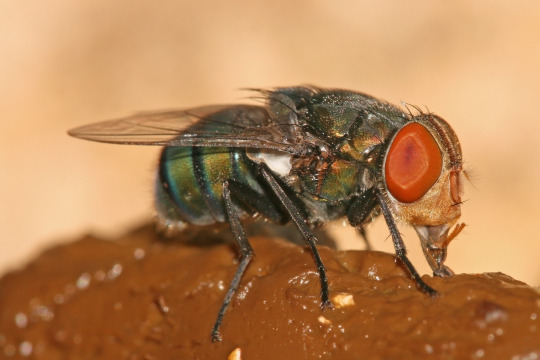
Oriental Blue Fly (Chrysomya megacephala)
Distribution: Found throughout the palearctic, but especially common in Indomalayan and Australasian realms; also found in Japan, New Zealand, Africa and throughout the Americas. In North America, the oriental blue fly has been found in Texas, California, Louisiana, Tennessee and Hawaii.
Habitat: Found just about anywhere, but especially common around human dwellings, especially where decomposing matter is common. Not usually found indoors.
Diet: Larvae feed on the soft tissues of mammals and birds, such as meat and organs, and show a preference towards fish. Adults feed on decaying fish, meat and excrement, as well as sweet substances such as fruit.
Description: The oriental blue fly has a particular importance in human affairs in both the fields of medicine and forensic entomology. This fly can be responsible for myiasis, the infestation of live tissue by fly larvae, in humans, fish and livestock. These flies are also carriers for pathogens such as bacteria, protozoan cysts and parasitic worm eggs, due to the fact that they will land on excrement, then land on human food.
On the bright side, the presence of the oriental blue fly can be a asset for forensic investigators, who can use its presence on a cadaver in order to estimate its time of death. They can also be used to detect certain compounds in bodies too decomposed to evaluate; if certain compounds are in the flesh of a cadaver, they will be passed on to the larvae which feed on it, allowing the larvae to be tested for these compounds. Oriental blue flies are also useful as pollinators of mango fruit.
(Image by Muhammad Mahdi Karim)
11 notes
·
View notes
Text
ok, here goes. please ignore all the bread. oh wait there were too many, you won't see all any of the breads, hehe
All right if you see this post put in the tags a list of all the Wikipedia pages you have open in your tabs no matter how long they've been there
#Musa (genus)#Kakteen-Haage#Finke River#Indomalayan realm#Selenicereus grandiflorus#Võro language#Cow blowing#Seattle windshield pitting epidemic#Rebutia pulvinosa#Turbinicarpus laui#List of chemical element naming controversies#Transfermium Wars#Erfurt#University of Tartu Botanical Garden#List of poinsettia diseases#Chlorosis#Hanseatic League#Woodturning#Therming#Saxifraga flagellaris#Eudicots#2019 mass invasion of Russian polar bears#Pigeon keeping#List of pigeon breeds#Valencian Figurita#Braided river#Brahmaputra River#RRS Sir David Attenborough#Polar Class#Lindblad Expeditions
2K notes
·
View notes
Text
A Speculative Evolution Question
On a "Realistic" Skull Island (A landmass south of India, West of Sumatra -- roughly the size of South Africa) which Biogeographic realm would it be a part of?
For those who need a refresher on what that means, Atlas Pro has a good YouTube video on it.
Given its location, there are 4 options:
Australasian - The fauna and flora mostly resemble that of Australia and New Guniea.
Indomalayan - The fauna and flora mostly reflect that of India
Afrotropical - The fauna and flora mostly reflect that of Madagascar
A Mix of these three
No matter what, there's going to be mixing from these three due to things like rafting, tides, and birds just being able to fly to it. But which one takes center stage?
Would Skull Island break off from India or Australia first? Or perhaps from Madagascar?
Or perhaps it comes from South Asia initially heading in the opposite direction as India.
I find myself fluctuating on this one, so I'm asking random people who follow me or these tags to help out.
#King Kong#Speculative Biology#Speculative Evolution#Dinosaurs#Animals#Biology#Science Fiction#Fantasy
29 notes
·
View notes
Note
hell-o op owl house incorrectly :D! I HEARD YOU SAID CUTE ANIMALS! (AND ALSO CAT PICTURES TOO AS A SEPARATE MORE SPECIFIC SPECIFICATION!!!)
i have henceforth brought upon more offerings
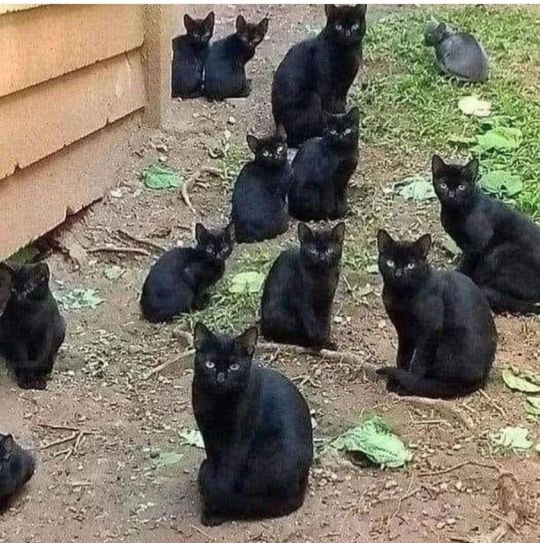
just a group of black cats, most looking at you, their intentions are unknown, there is a gray cat on the far background of the image, the only one sitting where the grass, colored green, is, all the others as sitting on grassless dirt, you sense an air of wisdom in the gray cat, proceed?
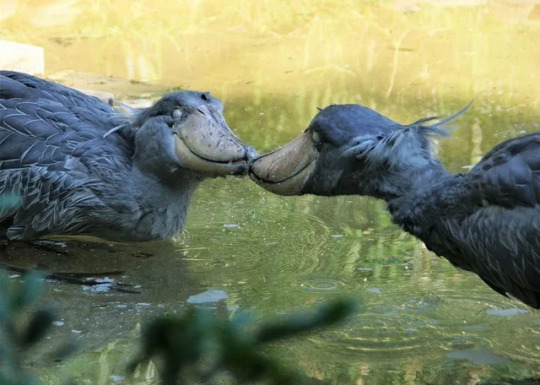
more shoebills!! two shoebills this time, touching beaks, what i say next isn't based on any factual evidence but rather just vibes but i like to think they are old, gay, and in love
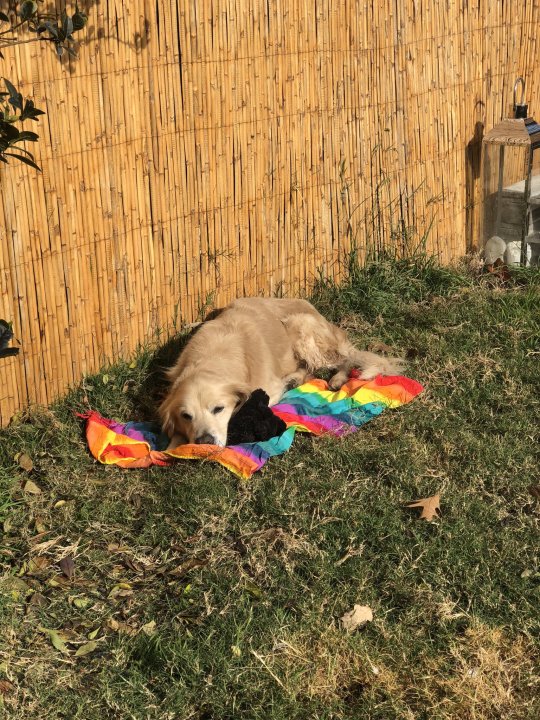
you have encountered, a golden retriever resting his head upon a black kitten out in some type of yard, resting on a gay blanket, according to the owner the dog has daddy issues, they found this out when acting weird once, they took him to the vet, and said vet said it might be psychological, they found out it was parental, particularly of the fatherly type, that had caused it
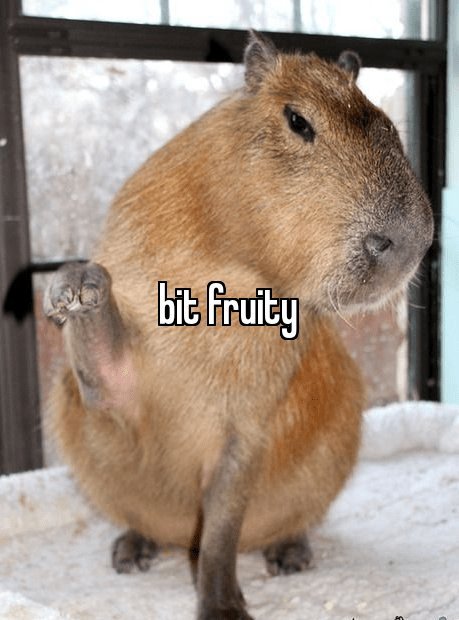

two images, one of a cappy bara, fur of meduim lenght roughly the same shade of color as a kiwi's, holding their hand out pointing down and drooping, like they don't have a wrist, other wise known as the gay hand gesture, the caption reads as a bit fruity
next to it, or if tumblr screwed over the formating, below or on top of it, has a blonde homophobic dog with a light brown snout, large brown eyes, almost like a cross between a human and a regular dogs, like how furry artists would draw a dog's eyes, they look judging, or as judging as a dogs eyes can get, their ears are floopy and down, the caption in the middle of the image reads "my gay senses are tingling"
which is a statement that's normally, a neutral statement, however, in this instance, with the blonde dog requires some re-contextualization, withney chewston, otherwise known as the internet's renowned "homophobic dog" is widley known for not being fond of gays, so the statement comes across as condemning instead
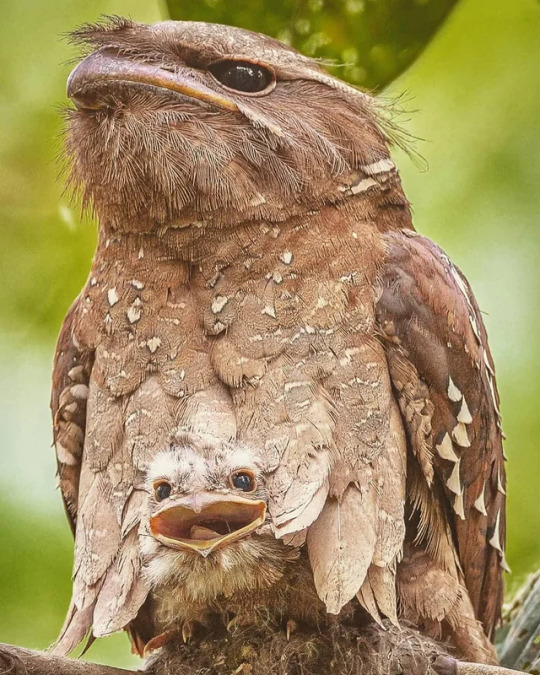
You have encountered an adult and baby Frogmouth, the Frogmouths are a group of nocturnal birds related to owlet-nightjars, swifts, and hummingbirds. Species in the group are distributed in the Indomalayan and Australasian realms.

the cat is part of the group, the cat is completing the group star gesture, i like this cat,

a gray kitten, laying down sideways, one hand resting on his head the othe on her stomach, it seems like they're asking how you're doing, how are you doing?
(mew mew srummy mic yum the third is what i reffer to him as)

two baby red pandas, fun fact! red pandas are born silver and get their trademark red color as time goes on, they're one of my favorite animals
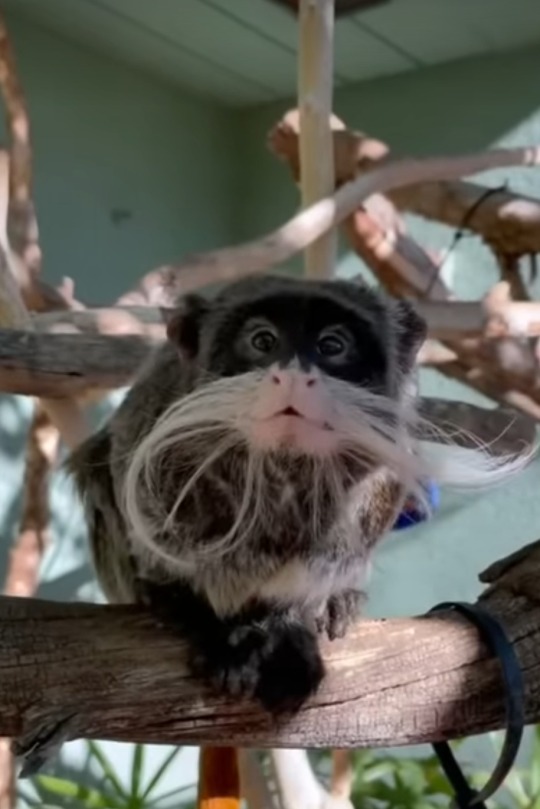
the last image, you've scrolled down far enough to meet my little monkey looking buy not monkey actually closer to rodent boy!! my little creachur! he has a mostly gray body and a black face n ears apart from his pink mouth, the slight gray rimming his eyes , and his long long mustache, bits of black and white are sprewn across his body too, he has black claws that come across as gloves with eyes just as dark, there's a shine to my little man dude guy's eyes, his group of animals is called an emperor tamarin, i like calling this particular buddy Jeanly Gregory The Sixth, he is a little guy i saw on a random video one and hold fondness fondness over, i do not have one, but i have decided to call this image of him as my son, despite no actual relations nor connections other than some one sided fondness, he is my son, look at my son. he doesn't bite,
maybe.
THEY’RE ALL SOOO FUCKING CUTE! How do you know all these facts?!
18 notes
·
View notes
Photo

DOVES AND PIGEONS https://bcfirearmsacademy.ca/doves-and-pigeons/ Columbidae (/kəˈlʌmbɪdiː/) is a bird family consisting of doves and pigeons. It is the only family in the order Columbiformes. These are stout-bodied birds with short necks and short slender bills that in some species feature fleshy ceres. They primarily feed on seeds, fruits, and plants. The family occurs worldwide, but the greatest variety is in the Indomalayan and Australasian realms. BOOK YOUR CORE EXAM HERE The family contains 344 species divided into 50 genera. Thirteen of the species are extinct. In English, the smaller species tend to be called "doves" and the larger ones "pigeons". However, the distinction is not consistent, and does not exist in most other languages. Historically, the common names for these birds involve a great deal of variation between the terms. The bird most commonly referred to as just "pigeon" is the domestic pigeon, which is common in many cities as the feral pigeon. Several species of pigeons and doves are used as food; however, all types are edible. Domesticated or hunted pigeons have been used as the source of food since the times of the Ancient Middle East, Ancient Rome, and Medieval Europe. It is familiar meat within Jewish, Arab, and French cuisines. According to the Tanakh, doves are kosher, and they are the only birds that may be used for a korban. Other kosher birds may be eaten, but not brought as a korban. Pigeon is also used in Asian cuisines, such as Chinese, Assamese, and Indonesian cuisines. #bcfirearmsacademy (at BC Firearms Academy - Surrey) https://www.instagram.com/p/CnBLqqPrnhH/?igshid=NGJjMDIxMWI=
0 notes
Text
Carnivores may adjust schedule to avoid each other, researchers find
https://sciencespies.com/nature/carnivores-may-adjust-schedule-to-avoid-each-other-researchers-find/
Carnivores may adjust schedule to avoid each other, researchers find
Just as humans may leave their home five minutes early to avoid a talkative neighbor or depart work late to avoid a rude coworker, carnivorous mammals may go out of their way to avoid other species. But they’re not trying to navigate awkward social interactions; rather, they are negotiating space and resources for survival.
Researchers monitored this temporal niche partitioning intermittently over six years with 73 infrared trigger sensor cameras installed at three sites in the Malaysian state of Sabah on Borneo, the third largest island in the world. The international collaboration published their findings, and what they might mean for the mechanism of coexistence between competing mammals, on Oct. 6 in Scientific Reports.
“Approximately 20% of the world’s mammal species face the risk of extinction, mainly due to threats such as habitat loss and overexploitation,” said first author Miyabi Nakabayashi, assistant professor in the Graduate School of Advanced Science and Engineering at Hiroshima University. “The status of mammals in the Indomalayan realm — one of Earth’s eight biogeographic regions, covering most of South and Southeast Asia — is among the world’s worst.”
One of the major roadblocks to effective and realistic solutions to lower the rate of endangered species is the scarcity of basic ecological information on mammals in the Indomalayan region, according to Nakabayashi.
“Information regarding temporal activity patterns of animals is crucial to assess responses to anthropogenic disturbances and to allow the implementation of proper conservation measures,” Nakabayashi said. “Camera trapping is one of the most useful techniques to study cryptic and rare animals.”
The researchers collected 37,379 photos over a total of about three active years. Although the first cameras were installed in 2010 and the last ones were removed in 2016, there were significant periods of bad weather or logistical issues — such as nesting insects — that rendered the cameras inoperable for long stretches of time.
In the dataset, the researchers identified nine distinct carnivore species with sample sizes larger than 10 and categorized their activity patterns by time of day. Of the species, six were active at night, two were active during the day and one was active regardless of time.
Some of the more closely related animals demonstrated a clear temporal segregation, including two wild cats, one of whom was nocturnal while the other preferred the day. However, the researchers also found that three species of civets were all active at night, which might be due to limited competition over resources because all three species eat a variety of food items, Nakabayashi said.
The researchers also found that tourism may have an impact on mammal behaviors. Tourism activities — mainly non-lethal ecotourism events — were conducted at all study sites during the study period. Only one site, however, hosted nocturnal tourism activities. Common palm civets at the other two sites had two clear peaks of temporal activity at night, but the same species at the site with nocturnal tourism had unclear and delayed temporal movement.
“The potential benefits of ecotourism may include reduced threats to wildlife ,” Nakabayashi said, noting that community-based ecotourism can bring significant benefits such as alternative income that incentivizes local communities and policy makers to protect the species in areas of interest. “But our results indicate that the temporal activity pattern of a species might be directly affected by tourism activity. The effect of tourism on animal behavior should be evaluated, even though it is non-lethal ecotourism.”
The researchers also recommended a two- to three-year-long study with at least 10 cameras to gather more data on the activities of the carnivores.
“Current information is too limited and sporadic to understand basic behaviors of mammals, which may affect the progress in evaluating and improving the threatened status,” Nakabayashi said. “We should accumulate more information on rare species to determine their basic ecology and to reassess whether current conservation management strategies are appropriate.”
Story Source:
Materials provided by Hiroshima University. Note: Content may be edited for style and length.
#Nature
0 notes
Photo

“Specimen 013 - Polyura jalysus”
2017
100 x 100mm
Acrylic, ink & 24ct gold leaf on canvas panel
Polyura jalysus is a butterfly in the Nymphalidae family and was first described in 1867. It is found in the Indomalayan realm. The real butterfly has a wingspan of 60-70mm. Hand finished with real 24ct gold leaf.
Painted to a true likeness in acrylic with ink added over the paint using a calligraphy nib. These small framed paintings are a bright artistic take on real mounted taxidermy butterfly specimens, hinting at the beauty of the natural world.
#alexa#Aulds#alexaaulds#Alexa Aulds#art#female artists#Women Artists#artists on tumblr#butterfly#specimen#contemporary#contemporaryart#natural#natural history#nature#animals#london#painting#acrylic#ink#gold leaf
5 notes
·
View notes
Text
Butterfly #94: Chain Swordtail (Graphium aristeus)



Image credits: 1, 2, 3
This butterfly can be found in the Indomalayan and Australasian realms.
17 notes
·
View notes
Photo

DescriptionThe Asian barbets is a family of bird species, the Megalaimidae, comprising two genera with 30 species native to the forests of the Indomalayan realm from Tibet to Indonesia. #asianbarbet #birds #bird #birdsofinstagram #birdphotography #birdlovers #birds_captures #birdwatching #birds_adored #birds_adored #birdsofindia #nature #naturephotography #photography #photo #photooftheday #kanchangraphy @best_birds_photography https://www.instagram.com/p/CHNm3hGnm7n/?igshid=wht7q1mhx480
#asianbarbet#birds#bird#birdsofinstagram#birdphotography#birdlovers#birds_captures#birdwatching#birds_adored#birdsofindia#nature#naturephotography#photography#photo#photooftheday#kanchangraphy
0 notes
Text
Infographic
The Philippine eagle, with pithecophaga jefferyi as its scientific name, also known as the monkey-eating eagle or great Philippine eagle, is an endangered species of the eagle of the family Accipitridae, commonly found in forests of the Philippines. According to the datazone.birdlife.org/, the eagle has brown and white-colored plumage, a shaggy crest, and generally measures 86 to 102 cm (2.82 to 3.35 ft) in length and weighs 4.04 to 8.0 kg (8.9 to 17.6 lb).
According to edgeofexistence.org, the Philippine eagle is considered the largest of the extant eagles in the world in terms of length and wing surface, with Steller's sea eagle and the harpy eagle being larger in terms of weight and bulk. Among the rarest and most powerful birds in the world, it has been declared the Philippine national bird, an action made to be a decree by Fidel Ramos during his term as president. It is critically endangered, mainly due to the massive loss of habitat resulting from deforestation in most of its range. Killing a Philippine eagle is punishable under Philippine law by up to 12 years in prison and heavy fines.
http://datazone.birdlife.org/species/factsheet/Philippine-Eagle-Pithecophaga-jefferyi
Family: Accipitridae (Hawks, Eagles) Authority: Ogilvie-Grant, 1897 Red List Category for more information about the Red List categories and criteria Justification of Red List category This long-lived species qualifies as Critically Endangered because it has an extremely small population, as a result of extremely rapid declines in the past three generations (56 years), owing to extensive deforestation. Recruitment to the adult population currently appears to be very low indicating that declines may continue into the future. Confirmation of trends is required and may lead to a change in status in the future. BirdLife Species Guardian: Haribon Foundation (Luzon) Population size: 180-500 Population trend: Decreasing Extent of occurrence (breeding/resident): 551,000 km2 Country endemic: Yes Attributes Land-mass type - shelf island Realm - Indomalayan IUCN Ecosystem -- Terrestrial biome
https://www.iucnredlist.org/species/22696012/129595746
CONSERVATION ACTIONS IN PLACE
In-place research and monitoring
Action Recovery Plan : No
Systematic monitoring scheme : No
Conservation sites identified : Yes, over entire range
Occurs in at least one protected area : Yes
Invasive species control or prevention : No
Successfully reintroduced or introduced benignly : No
Subject to ex-situ conservation : Yes
Subject to recent education and awareness programmes : Yes
Included in international legislation : Yes
Subject to any international management / trade controls : Yes
In-place land/water protection: Yes
In-place species management:Yes
In-place education:Yes
#savephilip#savetheeagles#savethearth#endangered species#species#infographic#philippine eagles#wassap kababayan
0 notes
Text
Butterfly #80: Common Punch (Dodona durga)



Image credits: 1, 2, 3
This butterfly can be found in the Indomalayan realm.
16 notes
·
View notes
Photo

DOVES AND PIGEONS https://bcfirearmsacademy.ca/doves-and-pigeons/ Columbidae (/kəˈlʌmbɪdiː/) is a bird family consisting of doves and pigeons. It is the only family in the order Columbiformes. These are stout-bodied birds with short necks and short slender bills that in some species feature fleshy ceres. They primarily feed on seeds, fruits, and plants. The family occurs worldwide, but the greatest variety is in the Indomalayan and Australasian realms. BOOK YOUR CORE EXAM HERE The family contains 344 species divided into 50 genera. Thirteen of the species are extinct. In English, the smaller species tend to be called "doves" and the larger ones "pigeons". However, the distinction is not consistent, and does not exist in most other languages. Historically, the common names for these birds involve a great deal of variation between the terms. The bird most commonly referred to as just "pigeon" is the domestic pigeon, which is common in many cities as the feral pigeon. Several species of pigeons and doves are used as food; however, all types are edible. Domesticated or hunted pigeons have been used as the source of food since the times of the Ancient Middle East, Ancient Rome, and Medieval Europe. It is familiar meat within Jewish, Arab, and French cuisines. According to the Tanakh, doves are kosher, and they are the only birds that may be used for a korban. Other kosher birds may be eaten, but not brought as a korban. Pigeon is also used in Asian cuisines, such as Chinese, Assamese, and Indonesian cuisines. #bcfirearmsacademy (at BC Firearms Academy - Surrey) https://www.instagram.com/p/CnBLiLBLvW8/?igshid=NGJjMDIxMWI=
0 notes
